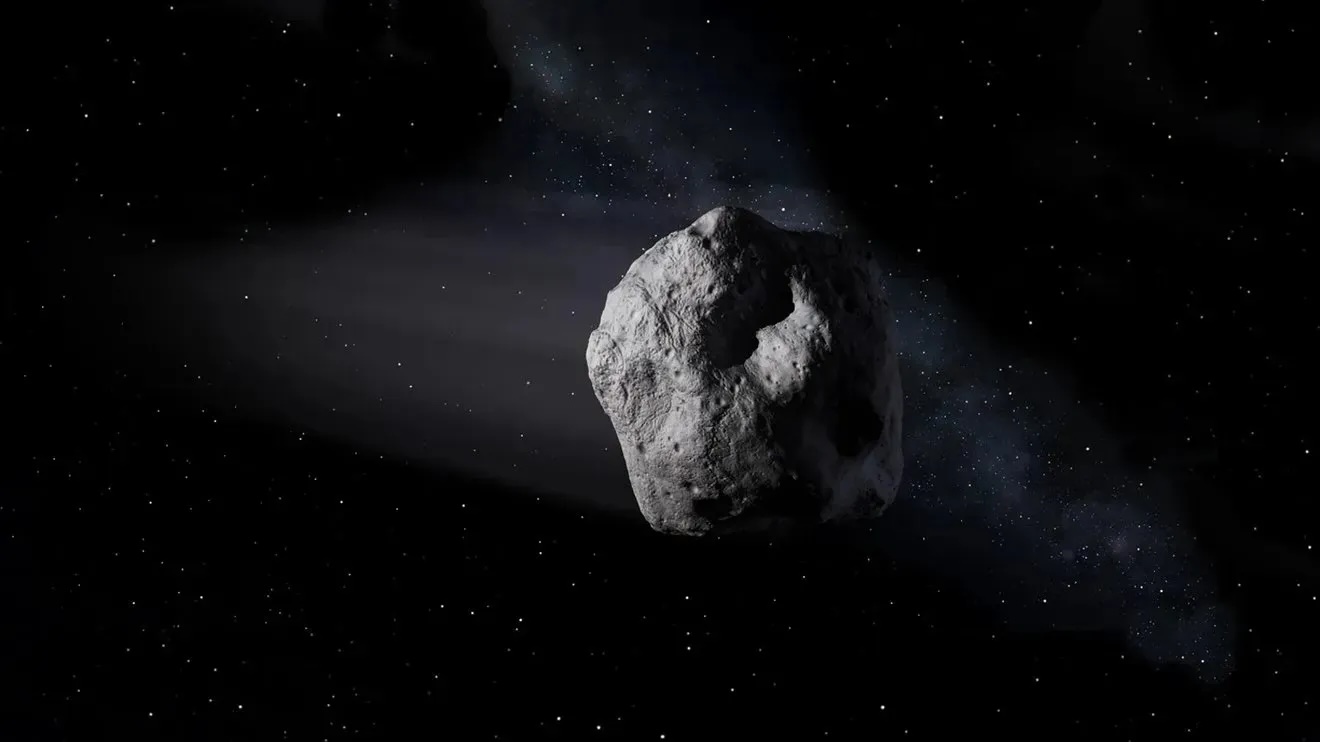When you purchase through connection on our site , we may realize an affiliate commissioning . Here ’s how it works .
A group of U.S. students has smash a serial publication of cosmos records after launch a " homemade " rocket engine farther and faster into space than any other amateur rocket . The student - made missile soared 90,000 feet ( 27,400 meters ) beyond the previous record - bearer — a rocket launched more than 20 years ago .
The record - break Eruca sativa , named Aftershock II , was designed and built by educatee at the University of Southern California ’s ( USC ) Rocket Propulsion Lab ( RPL ) — a group run entirely by undergraduate student . The student launched Aftershock II on Oct. 20 from a website in Black Rock Desert , Nevada . The rocket stood about 14 ft ( 4 meters ) tall and weighed 330 pounds ( 150 kilograms ) .

Afterschock II reached a maximum altitude of 470,000 feet above Earth’s surface, which is higher than any other amateur rocket. Its nose cone then detached and deployed a parachute before falling back to Earth.
The Eruca sativa broke the reasoned roadblock just two seconds after liftoff and reached its maximal speed roughly 19 seconds after launch , the RPL team write in aNov . 14 papersummarizing the launching . The rocket ’s engine then bite out , but the craft continued to climb as atmospheric resistance decreased , enable it to allow for Earth ’s atmosphere 85 sec after launch and then reach its highest natural elevation , or apogee , 92 second base afterward . At this dot , the nose cone separated from the rest of the projectile and deployed a parachute so it could safely reenter the atmosphere and touch down in the desert , where it was pull in by the RPL team for depth psychology .
The rocket ’s apogee was around 470,000 feet ( 143,300 molar concentration ) above Earth ’s surface , which is " further into space than any non - governmental and non - commercial-grade chemical group has ever flown before , " USC representatives wrote in astatement . The previous criminal record of 380,000 foot ( 115,800 m ) was put in 2004 by the GoFast skyrocket made by the Civilian Space Exploration Team .
During the flight of steps , Aftershock II reached a maximal speed of around 3,600 miles per hour ( 5,800 kilometer / h ) , or Mach 5.5 — five and a half prison term the speed of sound . This was slightly faster than GoFast , which had also held the recreational speed record for 20 age .

The Aftershock II project was run by a team of undergraduates from USC’s Rocket Propulsion Lab.
Related:15 of the weirdest thing we have launched into quad
But summit and speed were not the only track record Aftershock II split up . " This achievement represents several engineering firsts,“Ryan Kraemer , an undergraduate mechanical engineering scholar at USC and executive railroad engineer of the RPL team who will before long joinSpaceX ’s Starshipteam , said in the statement . " Aftershock II is distinguished by the most hefty solid - propellant motor ever give the sack by pupil and the most brawny composite case motor made by amateurs . "
The track record - breaking launch is the latest succeeder to issue forth from RPL . In 2019 , another group became the first student - led team to launch a rocket past the Kármán line — the imaginary bound where space officially set about , Live Science ’s baby siteSpace.com previously reported . Aftershock II is only the 2nd scholarly person arugula ever to reach this milestone .

The Aftershock II project was run by a team of undergraduates from USC’s Rocket Propulsion Lab.
To create their record - breaking rocket , the Aftershock II team used young progression in caloric protection , which is critical when a roquette is go at hypersonic speeding ( above Mach 5 ) . The student coat Aftershock II in a new type of heat - resistant paint and equipped it with Ti - coated fins , which interchange C - based part used on previous models .
" Thermal protection at hypersonic speeds is a major challenge at the industry level , " Kraemer said . The upgrades the team made " do absolutely , enabling the rocket salad to pass largely entire . " However , the heating effect was so intense that the titanium fin plow from a silvery colour to downhearted , due to a outgrowth known as " anodization , " in which the metal reacts with atmospheric O to make a layer of atomic number 22 oxide , he total .
The team also design a new control unit for the projectile , bang as High Altitude Module for Sensing , Telemetry , and Electronic Recovery ( HASMTER ) , which traverse the rocket ’s escape and deployed its parachute .

— Earth ’s new minimoon might be a projectile human race launched into place in the 1960s
— ' lose ' satellite finally found after orbiting undetected for 25 years
— eldritch balloon circling the Southern Hemisphere is n’t a spy craft — it ’s NASA ’s new telescope

The researcher manage the RPL squad were impressed with the pupil , who received minimal help from their teachers .
" This is an exceptionally challenging project not only for a educatee squad , but for any non - professional group of rocket engineers,“Dan Erwin , an aerospace engineer and chair of the USC Department of Astronautical Engineering , said in the program line . " It ’s a testament to the excellence we seek to grow in our come forth astronautical engineers . "
















